File and Object Storage offers scalable solutions for data management, providing flexible access to unstructured data. These storage types are crucial for budgets and efficient data retrieval.
File Storage manages data in a hierarchical structure, using directories to organize records, enhancing human readability and ease of use. It is ideal for data environments with multiple users accessing shared files, such as databases and multimedia servers. Object Storage, however, handles data as discrete units or objects, each with metadata and a unique identifier, offering better scalability and retrieval speed for massive data sets in cloud environments.
What are some critical features of these storage solutions?Industries such as media, finance, and research organizations implement these solutions to manage large-scale data and support demanding applications. For instance, media companies utilize Object Storage to optimize large multimedia file storage and delivery, improving streaming services and data back-up systems.
Utilizing suitable storage solutions helps organizations manage unstructured data more effectively, supporting scalable operations and enhancing data integrity. This enables businesses to handle data growth efficiently.











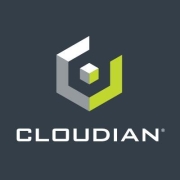
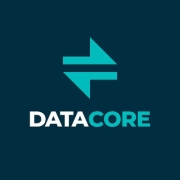
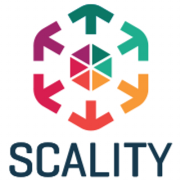








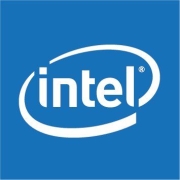


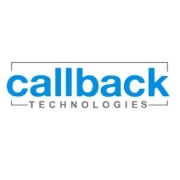


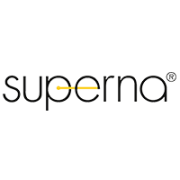










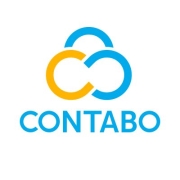
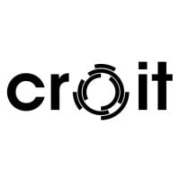


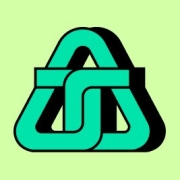
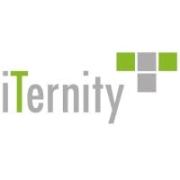

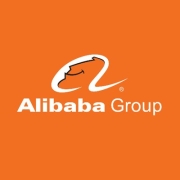
















File and object storage are two discrete methods of storing system data. These two storage types have a number of differences. These include:
It is difficult to definitively declare whether object storage is a better or worse storage method than file storage. When potential users are trying to make a decision as to which type of storage they should use, they must consider the actual use cases that they are using the selected method to address. These use cases can include:
Ultimately, the thing that is going to determine whether one of the options is better is going to be why the user needs the storage. The type of need that they have will dictate which method is better in that situation.
Object storage is an example of a NoSQL data storage type that runs on the cloud.
It is possible to run a database while using object storage.
File and object storage solutions are products that make it possible for users to take advantage of these storage types.
Users that deploy file and object storage solutions gain a number of benefits. These benefits can include:
The main alternative to object storage is the block storage system. Block storage is a system of data storage in which massive chunks of data are split into set blocks of data that receive unique identifier tags. When the data is retrieved, it is reassembled into a single unit. This is the default storage system that hard disk drives use.
File Storage manages data as a hierarchy of files in a directory structure, making it ideal for scenarios that require frequent access and modification of smaller files. It is used in traditional systems where data is accessed in a sequence. Object Storage, on the other hand, manages data as objects and stores metadata alongside. This structure makes it particularly suited for handling vast amounts of unstructured data, like media files or backups, due to its scalability and accessibility.
How does Object Storage enhance data retrieval efficiency?Object Storage stores data as discrete units called objects, each paired with customizable metadata that includes pertinent information like creation date and file type. This structure enables you to retrieve data directly with a unique identifier, bypassing the complex layers of folders typical in File Storage. This contributes to enhanced retrieval efficiency, especially when dealing with vast data sets, as it reduces latency and simplifies the access protocol.
Can File and Object Storage solutions support cloud environments?Yes, both File Storage and Object Storage solutions support cloud environments, offering flexible integration with cloud-based applications and services. File Storage is commonly used for legacy applications, ensuring seamless migration without restructuring data architecture. Object Storage is often preferred for cloud-native applications due to its scalability, enabling you to leverage cloud resources efficiently and store vast amounts of data at a reduced cost.
What considerations should be made when implementing File and Object Storage for enterprise solutions?When implementing File and Object Storage for enterprise solutions, key considerations include scalability, data access patterns, performance requirements, and cost-efficiency. File Storage is optimal for environments needing high-performance access to small files with quicker read-write operations, while Object Storage is better suited for applications managing large volumes of unstructured data like multimedia content. It's essential to assess your current and future storage needs to choose the appropriate solution.
How does data security differ between File and Object Storage solutions?Data security mechanisms for File Storage often involve access control lists (ACLs) and encryption to protect file hierarchies, vital for regulatory compliance in industries with sensitive data. Object Storage offers robust security features through metadata-based policies and encryption, allowing you to define access at the object level and manage permissions efficiently. The intrinsic architecture of Object Storage, with object-level authentication and authorization controls, enhances data security management.